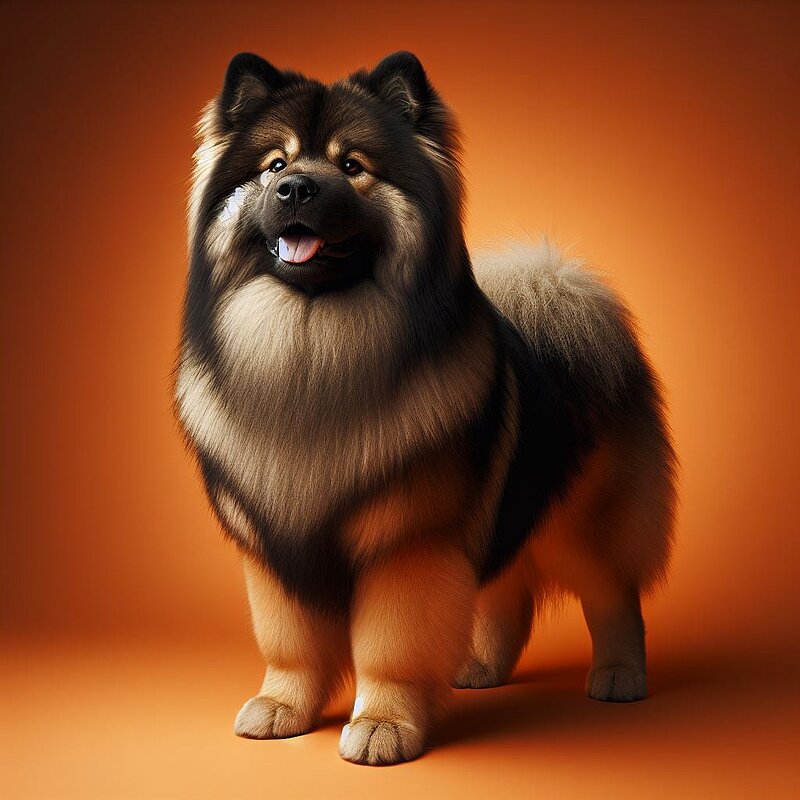Eurasier: The gentle companion with the lion heart
The history of the Eurasier
The history of the Eurasier is still relatively young. The breed was developed in the 1960s by Julius Wipfel in Germany. The aim was to breed a dog that combined the best characteristics of the Wolfspitz, Chow-Chow and Samoyed. Wipfel wanted to create a family dog that was balanced, friendly and alert at the same time. The first recognition by the German Kennel Club (VDH) took place in 1973, and in 1975 the Eurasier was finally recognized by the Fédération Cynologique Internationale (FCI).
Who is the Eurasier suitable for?
The Eurasier is an ideal companion for families and individuals looking for a loyal but not overly active dog. It is ideal for people who appreciate a calm yet alert dog. Especially in families with children, the Eurasier shows its gentle and patient side. Older people looking for a loyal companion will also enjoy this breed.
Character of the Eurasier
Eurasiers are known for their balanced and calm character. They are alert without being aggressive and show a deep bond with their family members. They are often reserved towards strangers, but never fearful or hostile. Their intelligence and willingness to learn make them pleasant companions that are easy to train.
Appearance of the Eurasier
The Eurasier is a medium-sized dog with an imposing appearance. Its dense, medium-length coat and strong build give it a wolf-like appearance. The colors vary from black, red, wolf-grey to sand-colored tones. Particularly striking are the almond-shaped eyes and the pointed, upright ears, which give the Eurasier a watchful and friendly appearance.
Grooming the Eurasier
Grooming the Eurasier is relatively uncomplicated, but requires regular attention. Its dense coat should be brushed thoroughly at least once a week to prevent matting and excessive shedding. Daily brushing is advisable during the shedding season in spring and fall. The ears should be checked and cleaned regularly to prevent infections. The claws must also be trimmed regularly.
Health of the Eurasier
Eurasiers are generally healthy and robust, but there are some breed-specific health problems that should be taken into account. These include hip dysplasia and a tendency to thyroid problems. Regular veterinary examinations and a balanced diet are important to maintain the Eurasier's health.
Size and weight of the Eurasier
An adult Eurasier reaches a shoulder height of 48 to 60 cm and a weight of 18 to 32 kg, with males generally being slightly larger and heavier than females.
Exercise requirements of the Eurasier
Eurasiers have a moderate need for exercise. Daily walks and occasional free running are enough to keep them physically and mentally active. They are not hyperactive dogs and adapt well to life in the city as long as they get enough exercise and mental stimulation.
Training recommendations for the Eurasier
Training a Eurasier should be based on positive reinforcement. These dogs are sensitive to harsh methods and need loving but consistent training. Early socialization is important to get them used to different people, animals and environments. The Eurasier shows a high willingness to learn and is well suited for dog sports such as agility or obedience.
Behavioral characteristics and interactions
Eurasiers are extremely family-oriented and love to spend time with their humans. They get along well with children and are also tolerant of other pets if they have been properly socialized. Their calm and even-tempered nature makes them pleasant companions in various life situations.
